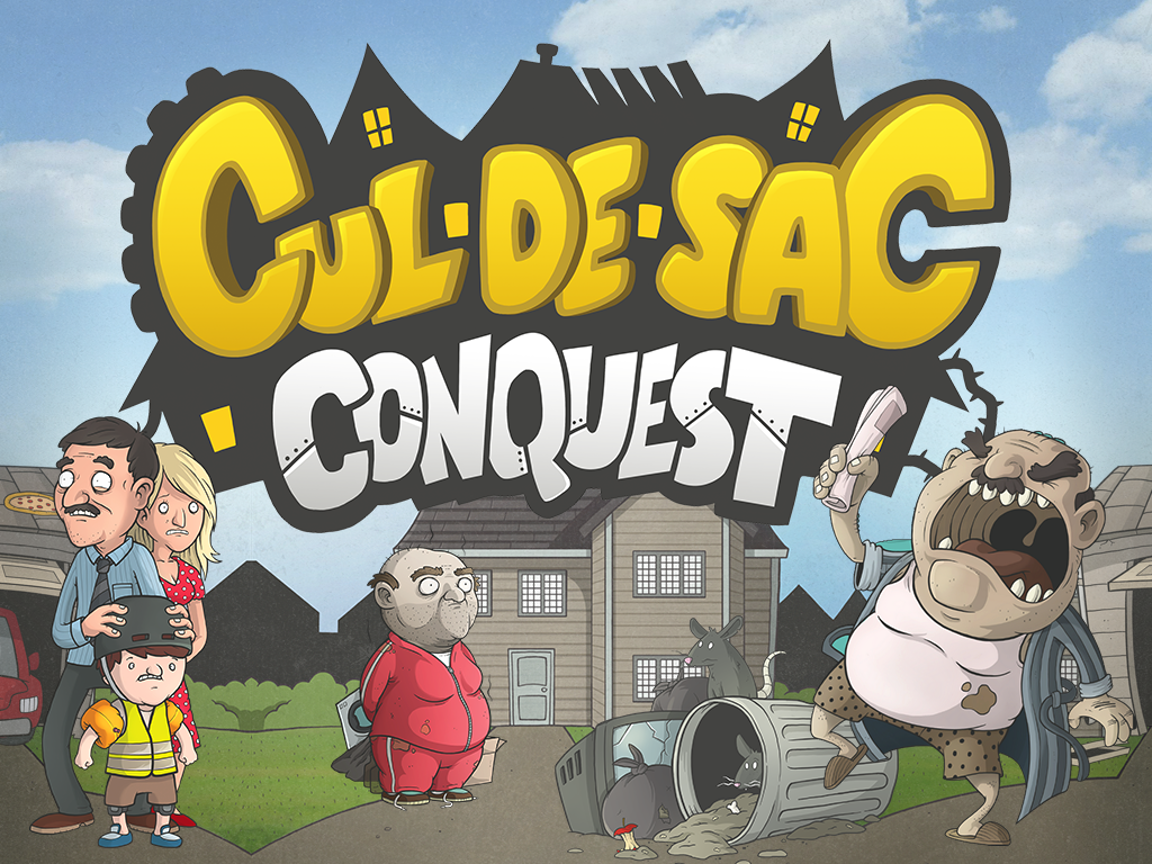Navigating the Publishing Maze: A New Publisher's Tips for Entering the Casual Game Revolution

Before starting Atheris Games I was not much of a gamer. I knew nothing of the plethora of amazing tabletop gaming products – I had never even heard of Catan or Ticket to Ride. I just simply had an idea for an automotive trading card game, Holeshot Heroes (which has not yet been released). As I began to try to immerse myself in the industry I was taken aback by the depth of products, but I was also incredibly intimidated by the seemingly complex games.
I felt embarrassed that the local gaming group I joined had to teach me each and every game, and how long it took me to “get” some games. However, I started truly enjoying my time at gaming nights and developed my love for board games starting with casual games like Smash Up. When my budget ran out for Holeshot Heroes I quickly pivoted to create a war game I had started developing whenever I got stuck on a mechanic for Holeshot — then I had an epiphany when writing a story about annoying neighbors and Cul-De-Sac Conquest was born.
We went on to raise over $20,000 on Kickstarter and I developed an insatiable desire to develop board games. If you’re interested in publishing casual games, too, here are five tips about how to join in the Casual Game Revolution:
1) Develop games with an intended audience in mind
If you’re going to produce a game for pleasure than you can simply make something you and your friends enjoy. However, if you’re trying to get a crack in publishing you’ll want to have your games appeal to a targeted audience of potential customers. There are plenty of resources in order to ask your intended audience what they think (BoardGameGeek, Facebook groups, and conventions, to name a few).
If you’re going to publish other designers’ games, find out whether their game and intended audience fits what your company’s audience is/intends to be.
2) Playtest frequently
All games can improve. There are certainly times when a design must be complete. However, early in the process almost all the feedback you’ll get will be helpful. Ultimately your design is your own and you have to determine what needs to be changed, but getting too attached to your game and not taking feedback into account (no matter how harsh) will only be to your detriment.
Playtesting will not be the same for all companies or designers. Some designers will start with their friends and family and then, once they have a game they think is ready to show, begin playing with others. When we playtested Cul-De-Sac Conquest the first time at Dragon Con we had only played it ourselves twice and we had only one card’s art developed. The rest of the cards were sticky notes on Yu-Gi-Oh cards in card sleeves.
It must be noted, though, that once the design is complete enough to create a rules document you must do blind testing with the rules. This will help make sure that the rules are coherent and that people are not simply giving you positive feedback since they are afraid to tell the designer anything negative.

3) Immerse yourself in the industry
- Listen to podcasts
- Learn the top gaming reviewers
- Back other Kickstarter campaigns
- Talk to other publishers (most of us are pretty cool, if we do say so ourselves)
- Go to any convention you can afford (It doesn’t have to be Gen Con or Origins)
- Talk to other industry people. Ask for feedback, ask for help, and learn the ropes — you’ve got this
4) Kickstarter is a small publisher’s friend
If you want to publish a game, as a startup, Kickstarter will likely be your best bet (though not always). If you determine that Kickstarter is your best option, study other games that have been successful and reach out to any creators that you would like to talk with. Pro tip: if you back a project the creators will probably be even more likely to respond.
Kickstarter is a beast. It is incredibly difficult, time consuming, and nerve-racking to start a campaign. If your campaign funds, though, it will be one of the most exciting times of your life. It is an incredible feeling seeing people you’ve likely never met support you, your company and your product and allow you to realize your dream of making a game.
There are a ton of tips on the best Kickstarter practices. Here are a few:
- Be sure to include incredible graphics for your campaign both on the box/game design and for the headings and Kickstarter rewards/stretch goal graphics. If you’re not an artist, pay one work on the project (it is worth it)
- Make the campaign page several months before it launches, ask for opinions on the design, and release the launch date at least a month before the campaign goes live.
- If possible, get reviews of your game to include on your Kickstarter page — we offer this service, as well as many other gaming sites
- If at all possible, have art finished BEFORE the Kickstarter campaign and have pre-production copies made for your game (basically, this is a sample copy from the manufacturer)
- Build an audience and support for the game prior to launch
- Don’t rush the campaign — you’ll do better waiting until you’re ready
5) Do what’s best for your company
Plenty of people will tell you what you should and shouldn’t do, but ultimately no one knows your vision and dreams like you do. Take every opinion with a grain of salt. You’re at the helm. You’ll make mistakes. You’ll lose some battles. If you can avoid mistakes by reading what other publishers learned that is great. Though, ultimately, sometimes you have to go with your gut. We definitely could have done things better with our first Kickstarter for Cul-De-Sac Conquest, but we created a game we really are proud of, delivered it to our backers and now can utilize the knowledge we gained to make future projects even better.
In Conclusion
You’ve got this! I believe in you. You too can be a part of the Casual Game Revolution! Don’t let anyone tell you that you cannot do it. If you’re passionate about making games, if this is your dream, than you have to go out and take hold of that dream! And don’t be afraid of asking for help along the way.





Thanks for the article I really enjoyed it. I currenltly have four designs I am working on and I am still trying to to figure out which one would be the best to try and publish.
I have a game that I would like to make a prototype for to play test. I'm very new to this industry and have no idea where to look. My game will have some wooden components that I can make for the prototype, but I would like to have the boards and cards printed professionally. Are there companies who help get prototypes rolling?
Jan Welke
Alberta, Canada
you can always try The Game Crafter.
I am glad that you enjoyed the article! It is always difficult to decide which games to move forward with and in what order. I have been having difficulty with this in deciding whether to launch my second game or launch another game we're publishing second. If I launch my own game I won't have as much time to make an expansion for it that would be ready by the campaign or for a subsequent campaign soon after.
Hey Jan,
The Game Crafter and other POD (Print on Demand) places would be able to do it. For now that will be your best bet. Honestly, most of our prototypes have very little artwork until it is refined enough that we know we're going to produce the game with the components we have.
Once everything is almost done I would contact a few manufacturers (James Mathe's blog has a pretty good list of them) and try to get a quote. Once you have a quote you'll for the most part be able to see if the components and pricing are feasible. If the economics seem like they'll work, get artwork and have them make a preproduction copy (most of the time they will charge for this, but some manufacturers will send you one free). Once you have preproduction copies then I would send a few out to reviewers and test the game with the rules and components (blind testing without you being involved or there would be best).